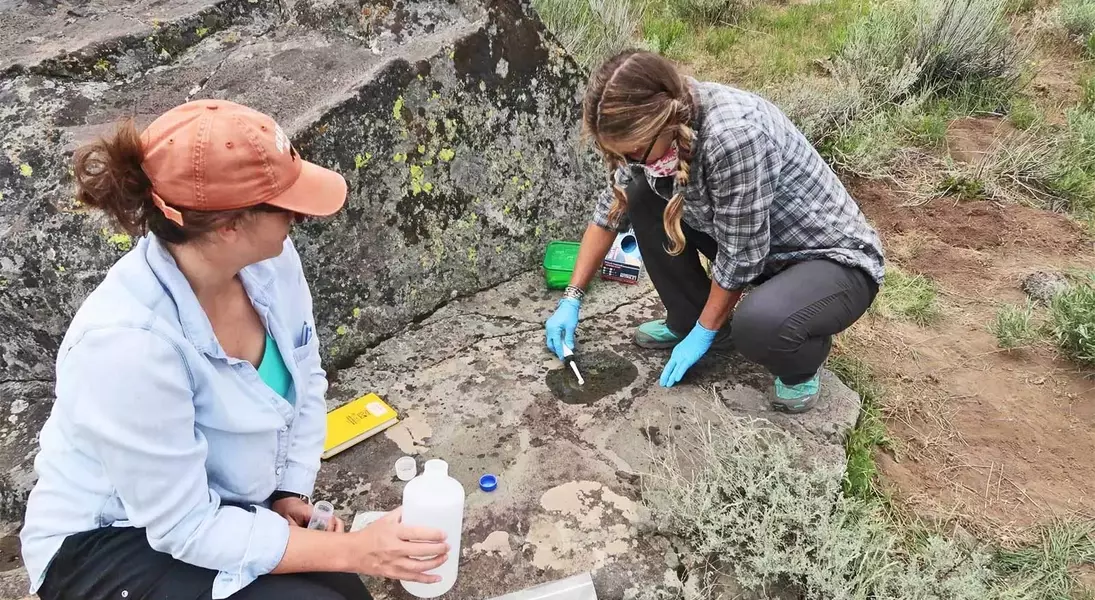
Recent advancements in archaeological research have uncovered the secrets of ancient diets through the examination of microscopic plant residues embedded within stone tools. These findings, published in American Antiquity, reveal that bedrock metates—ancient grinding stones—hold crucial information about the plants processed by past civilizations. By extracting and analyzing starch granules from these tools, researchers are gaining insights into the dietary habits and lifeways of ancient peoples.
Revolutionizing Archaeological Methods
Innovative techniques developed by archaeobotanists at the Natural History Museum of Utah are transforming our understanding of ancient food processing. Using specialized extraction methods, scientists retrieve starch granules from deep within the crevices of bedrock metates, which have been used for thousands of years to grind various plant materials. This process involves comparing surface residues with those deeply embedded, ensuring accurate identification of plant species.
The study focuses on the Western United States, where Stefania Wilks, a research assistant and graduate student, collaborates with Lisbeth Louderback, curator of archaeology. They hypothesize that the grinding actions of ancient peoples forced starches deep into the stone's fissures, preserving them over millennia. To test this theory, they employ an electric toothbrush and deflocculant to extract material from both metate surfaces and control rocks. Microscopic analysis confirms the presence of hundreds of starch granules in the deeply embedded samples, providing direct evidence of plant processing activities.
Decoding Ancient Plant Use
Once the starch granules are extracted, identifying their botanical origins becomes the next challenge. Wilks meticulously analyzes these tiny structures, comparing them to modern plant species found in the region. Her work reveals a diverse range of plants, including members of the carrot family, wild grasses, and lily family species, all of which were vital food sources for indigenous groups. This method offers a new perspective on ancient diets, as certain plant parts, like roots, degrade quickly and leave little trace in the archaeological record.
The significance of this research extends beyond dietary insights. It highlights the importance of bedrock metates, often overlooked in archaeological studies, as repositories of historical information. By demonstrating that these tools preserve detailed records of plant use, the study encourages further exploration of similar artifacts worldwide. This approach not only enriches our knowledge of past human lifeways but also fosters a deeper appreciation for the ingenuity of ancient societies in utilizing their natural resources.
